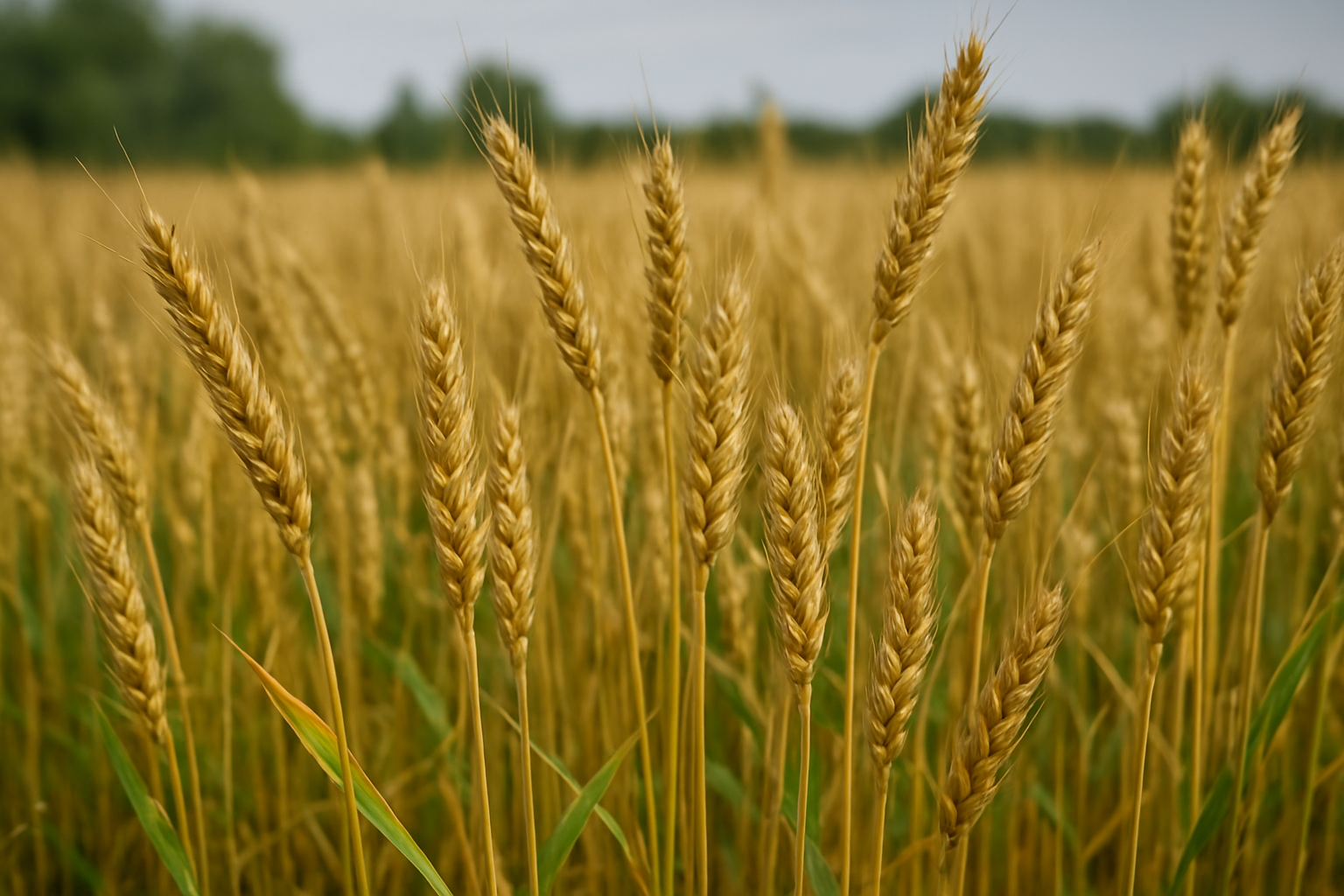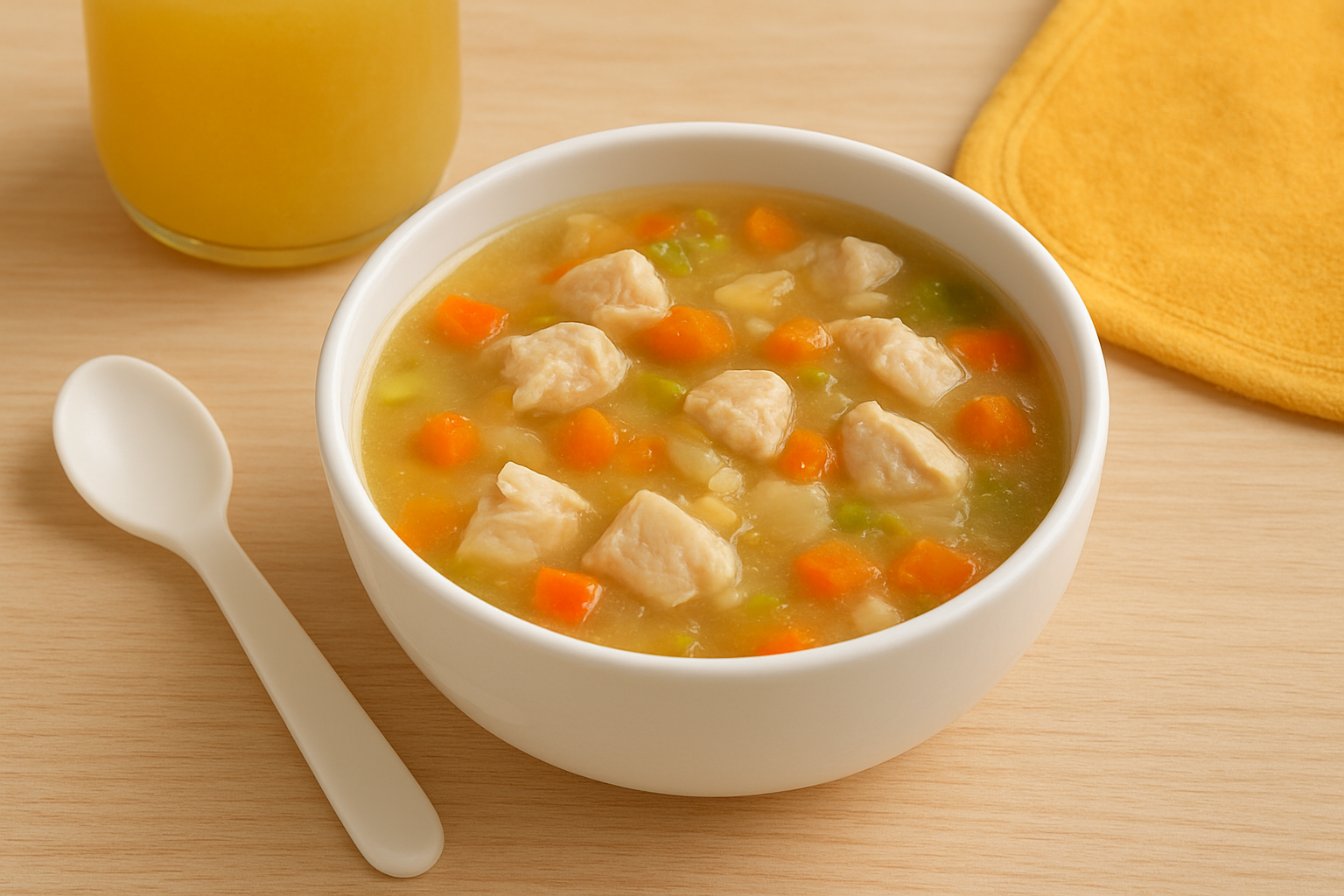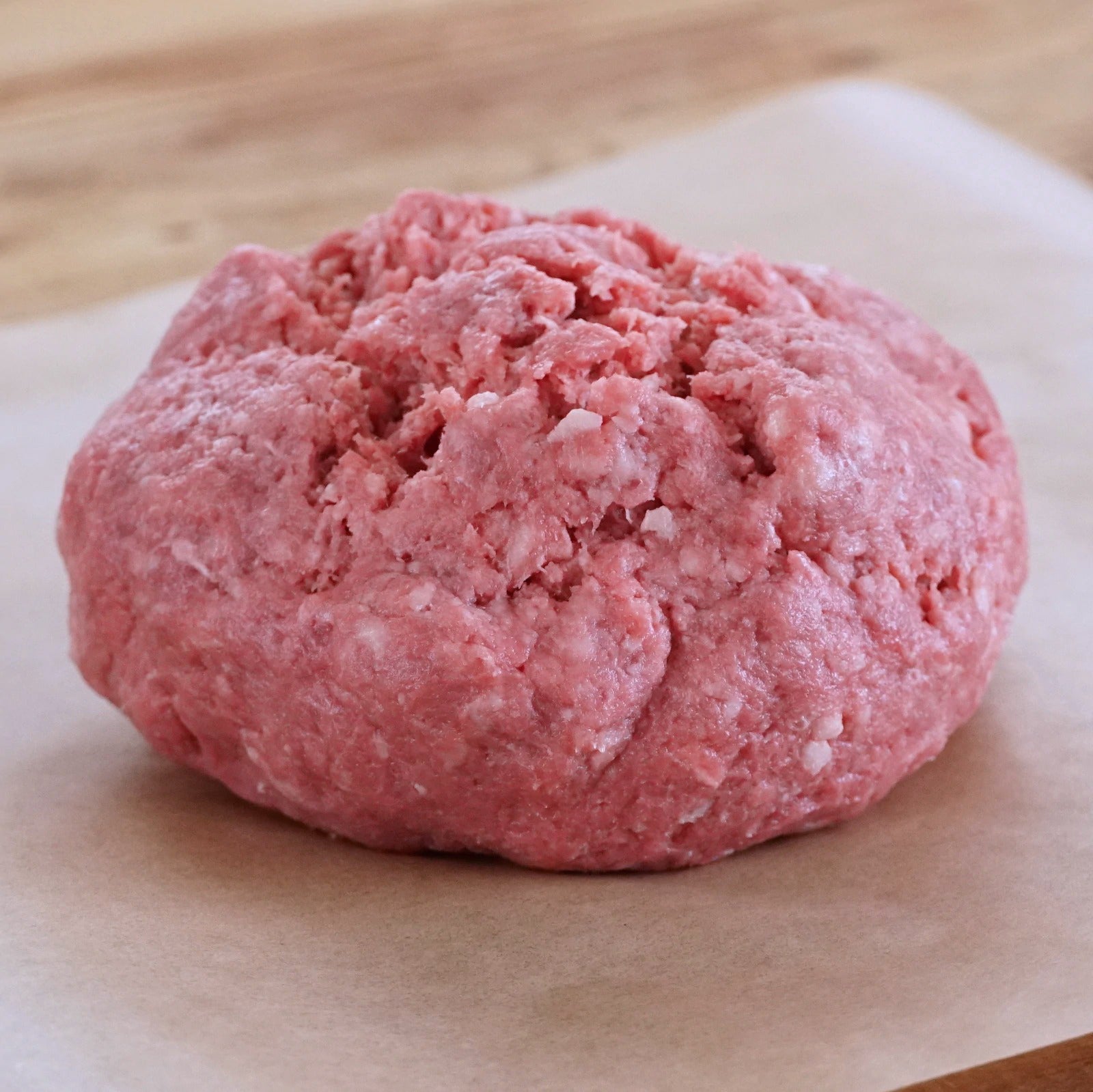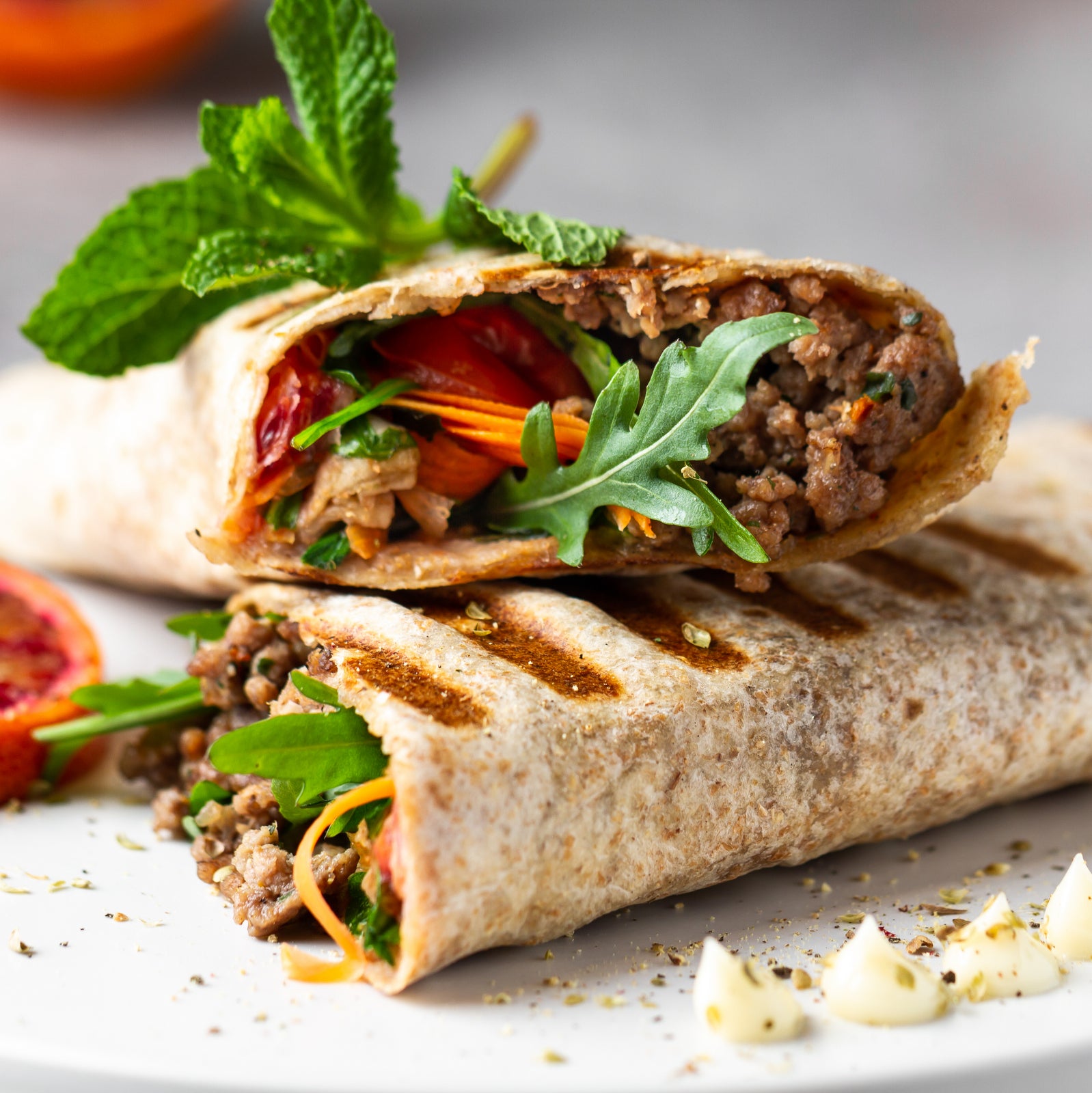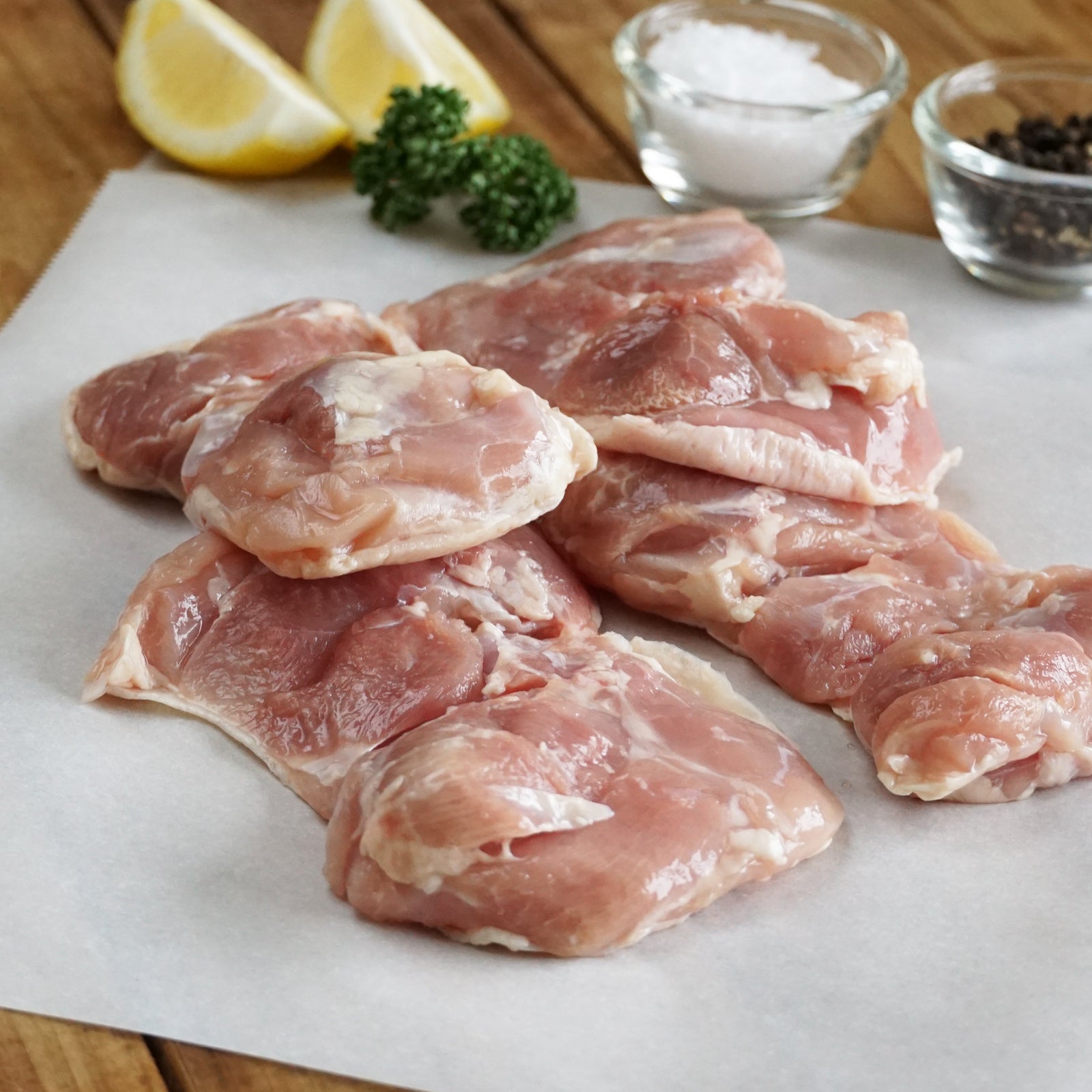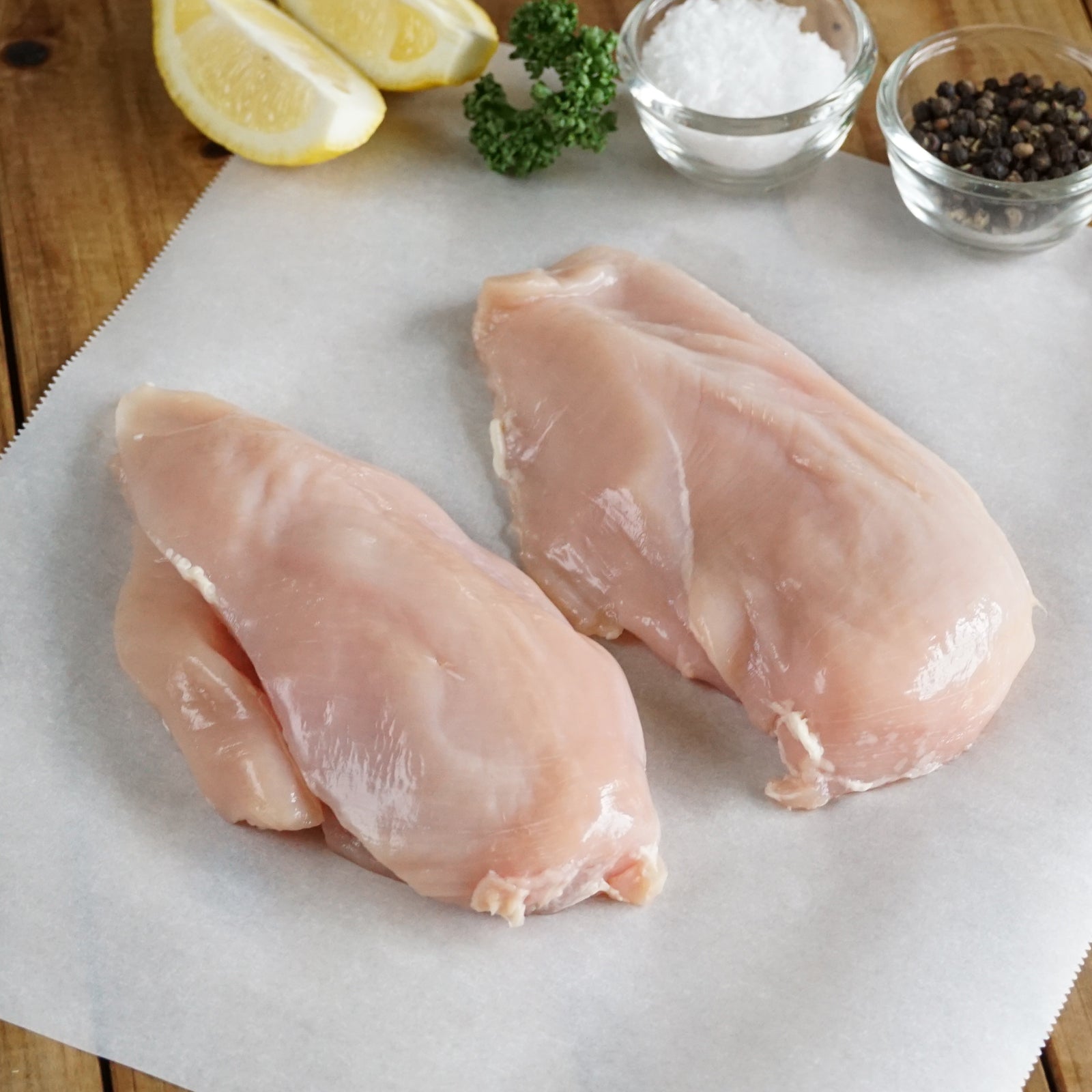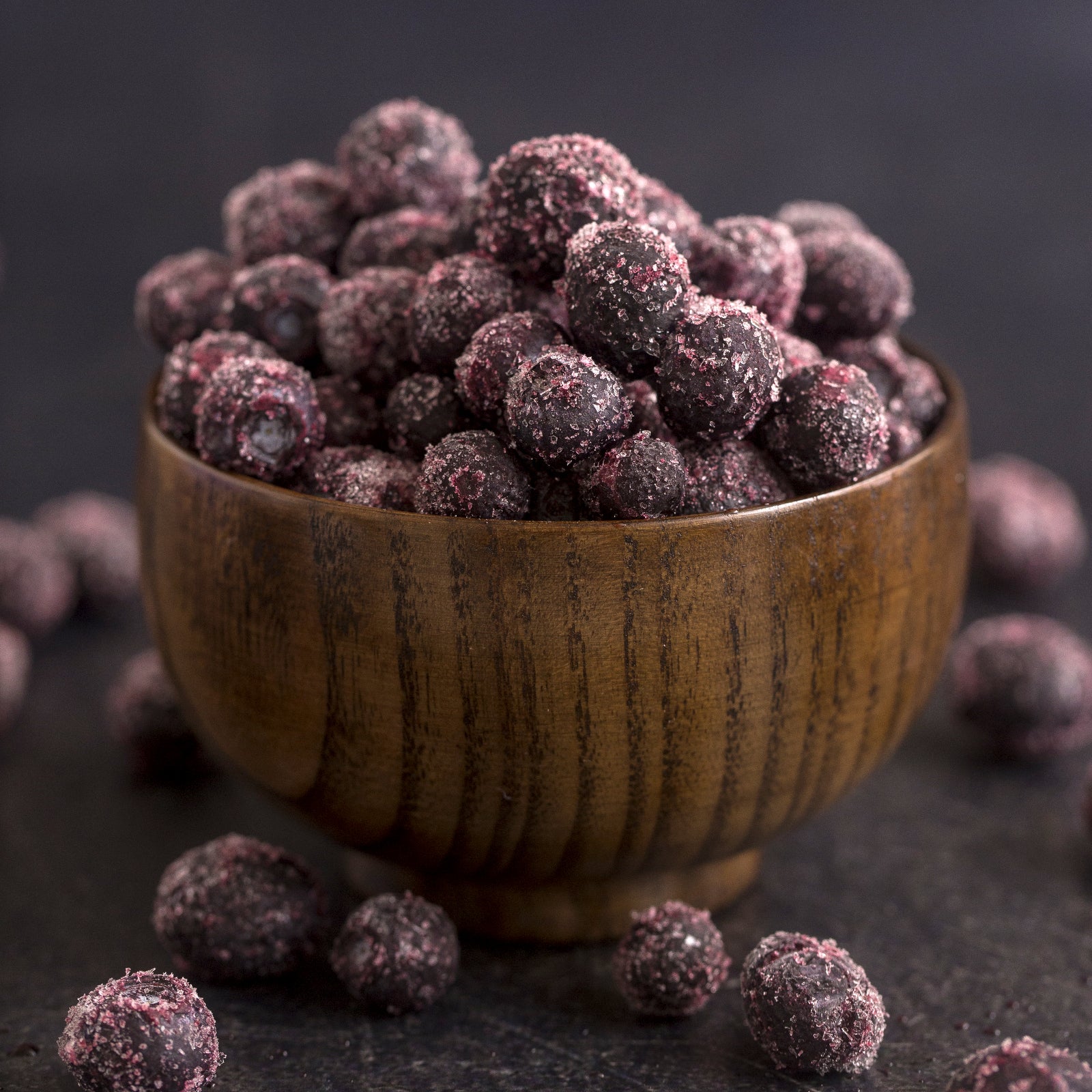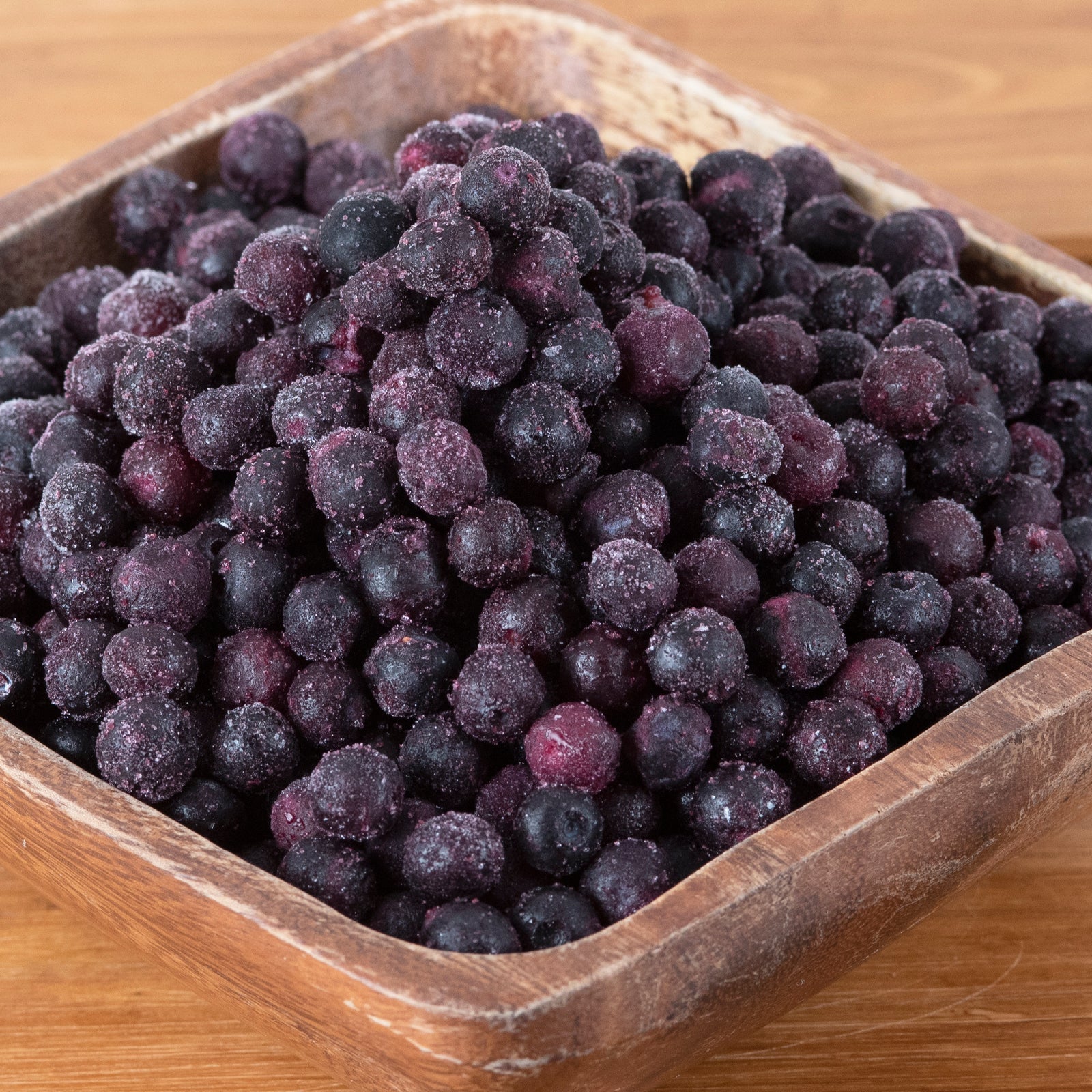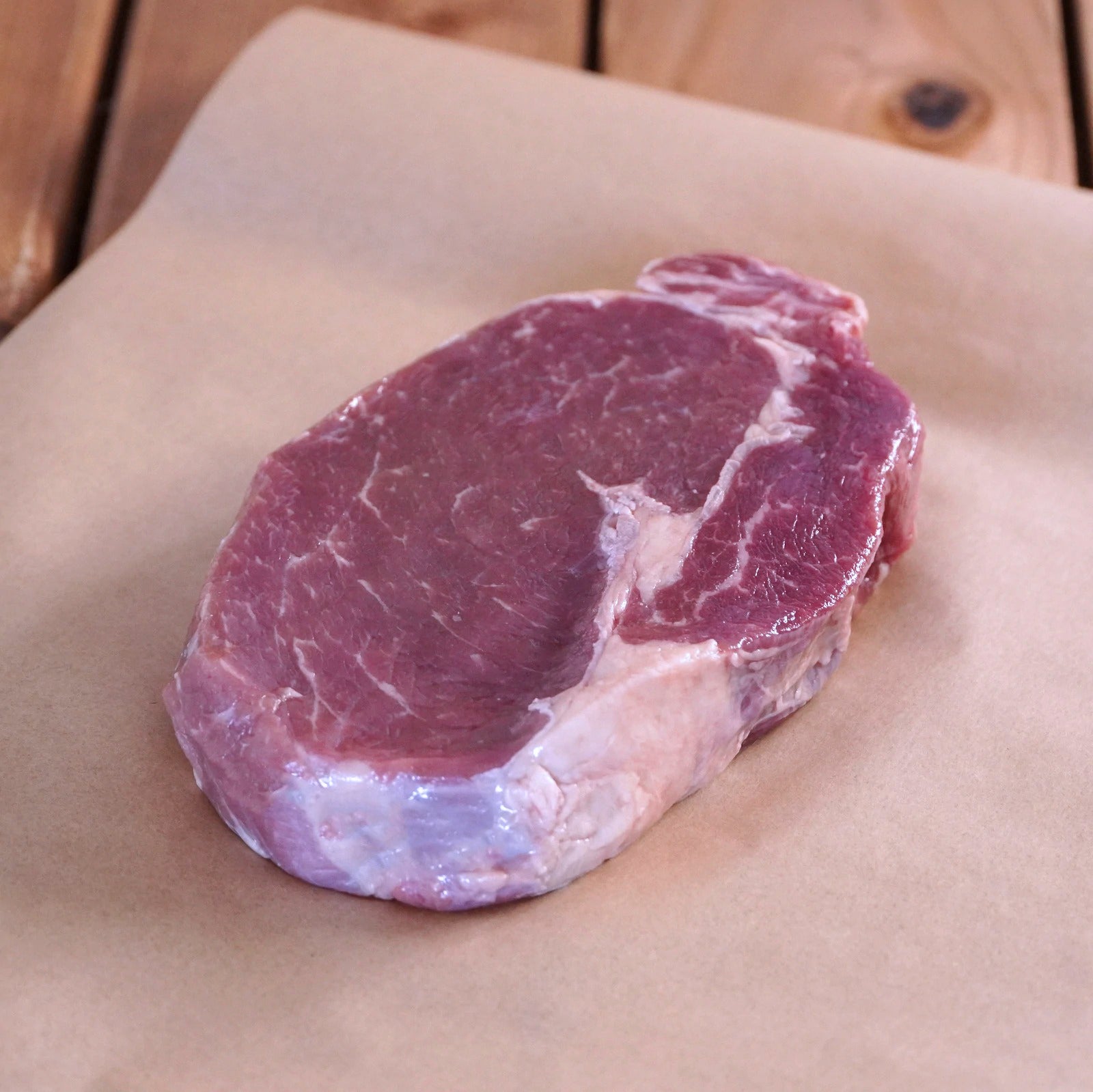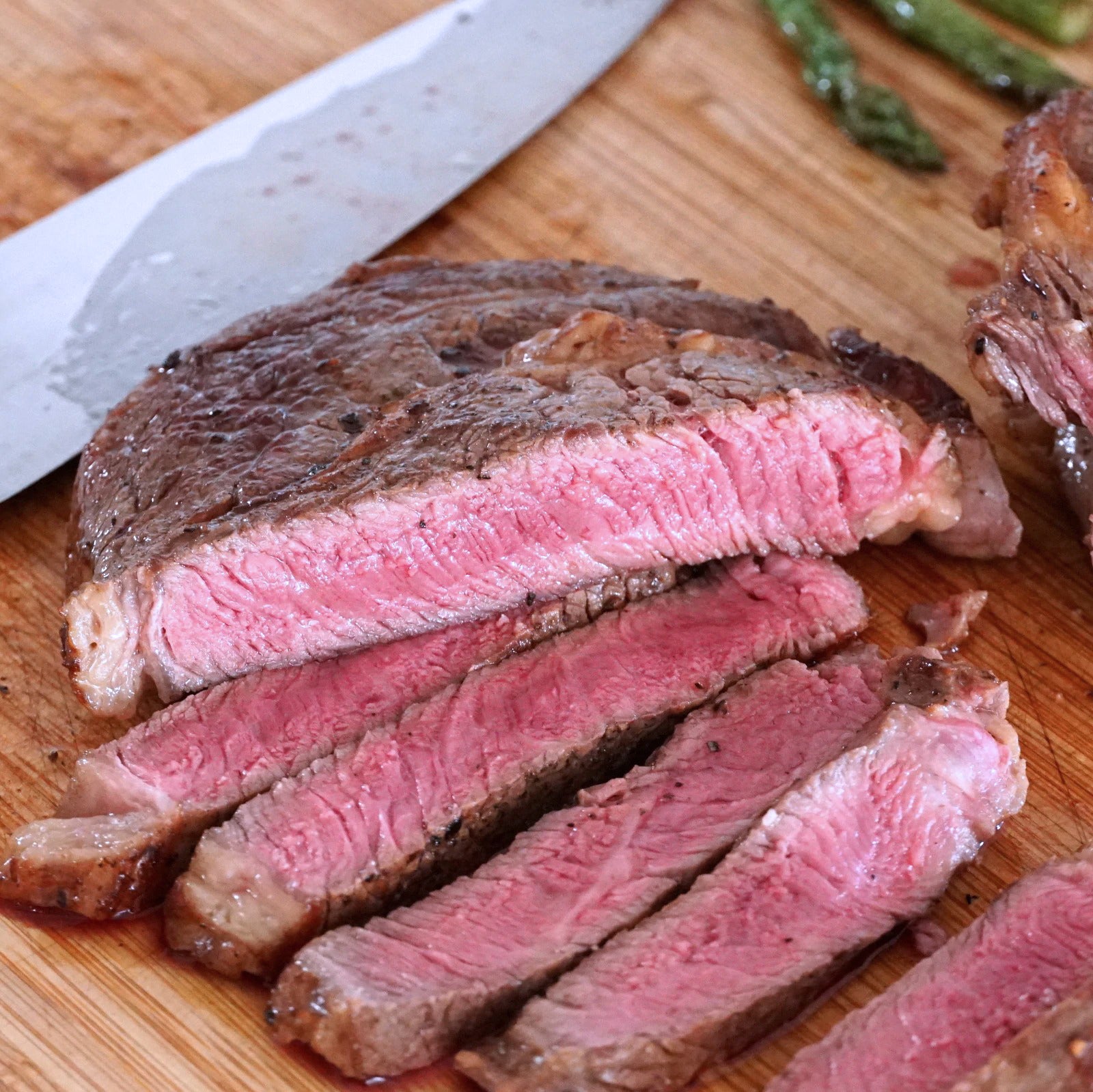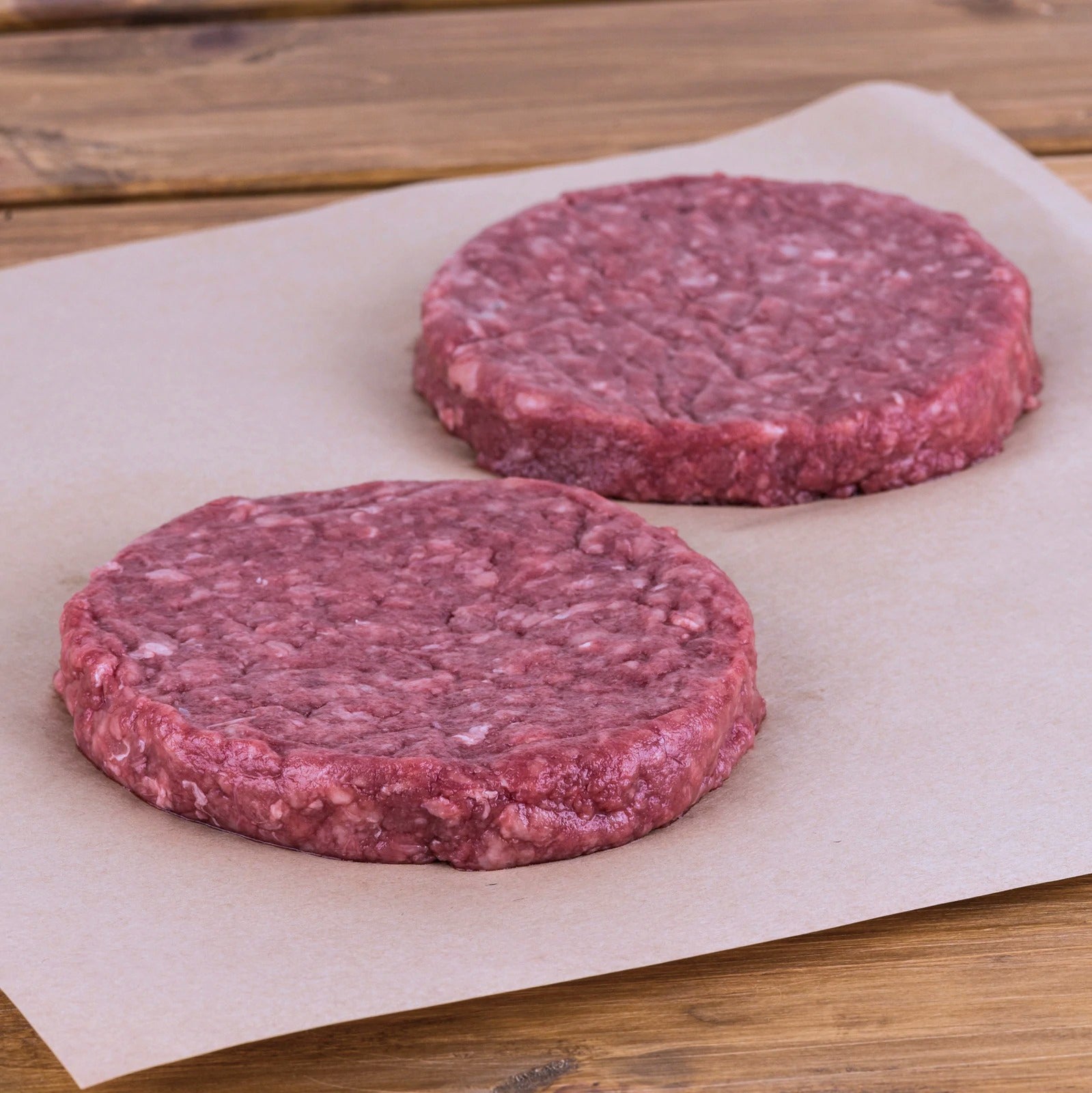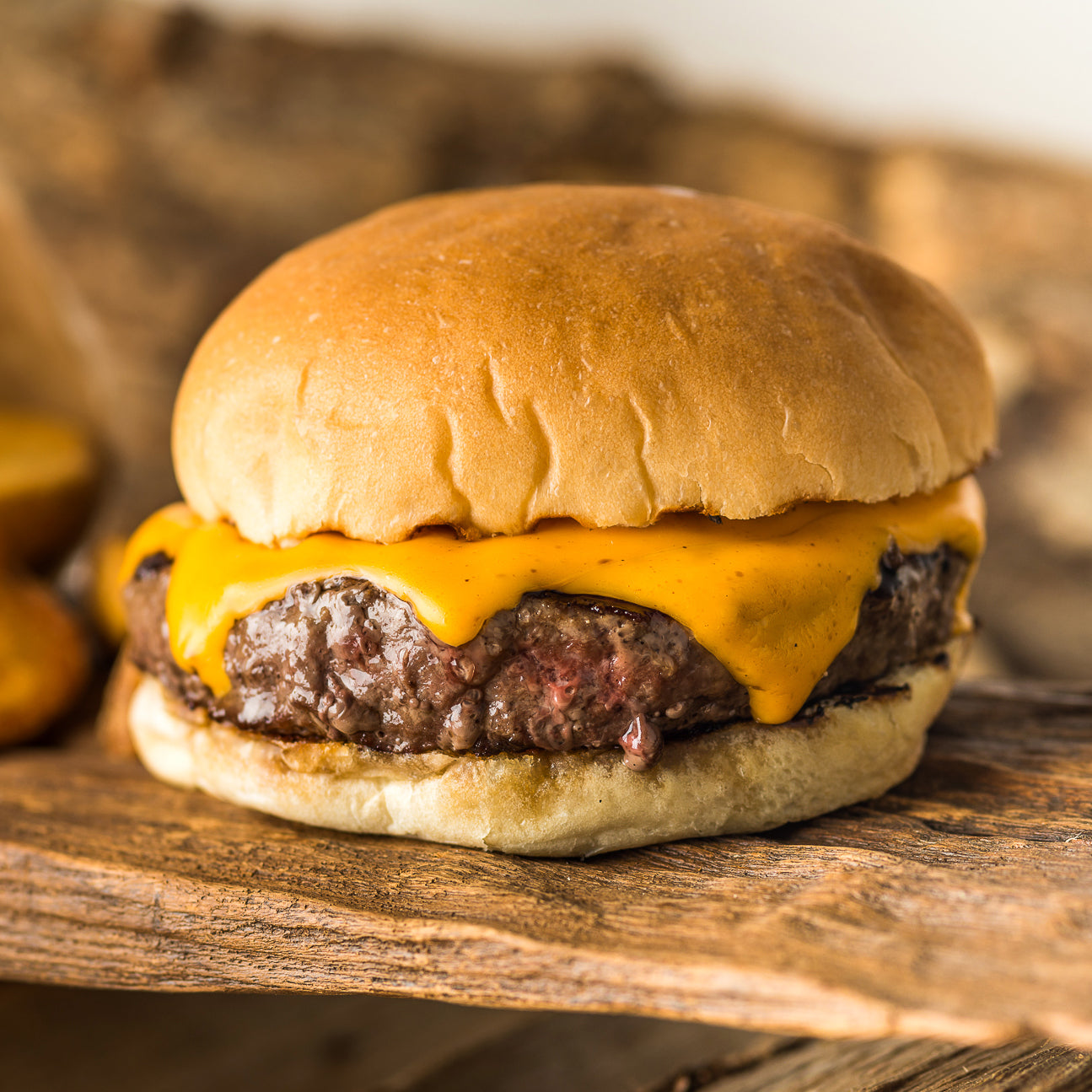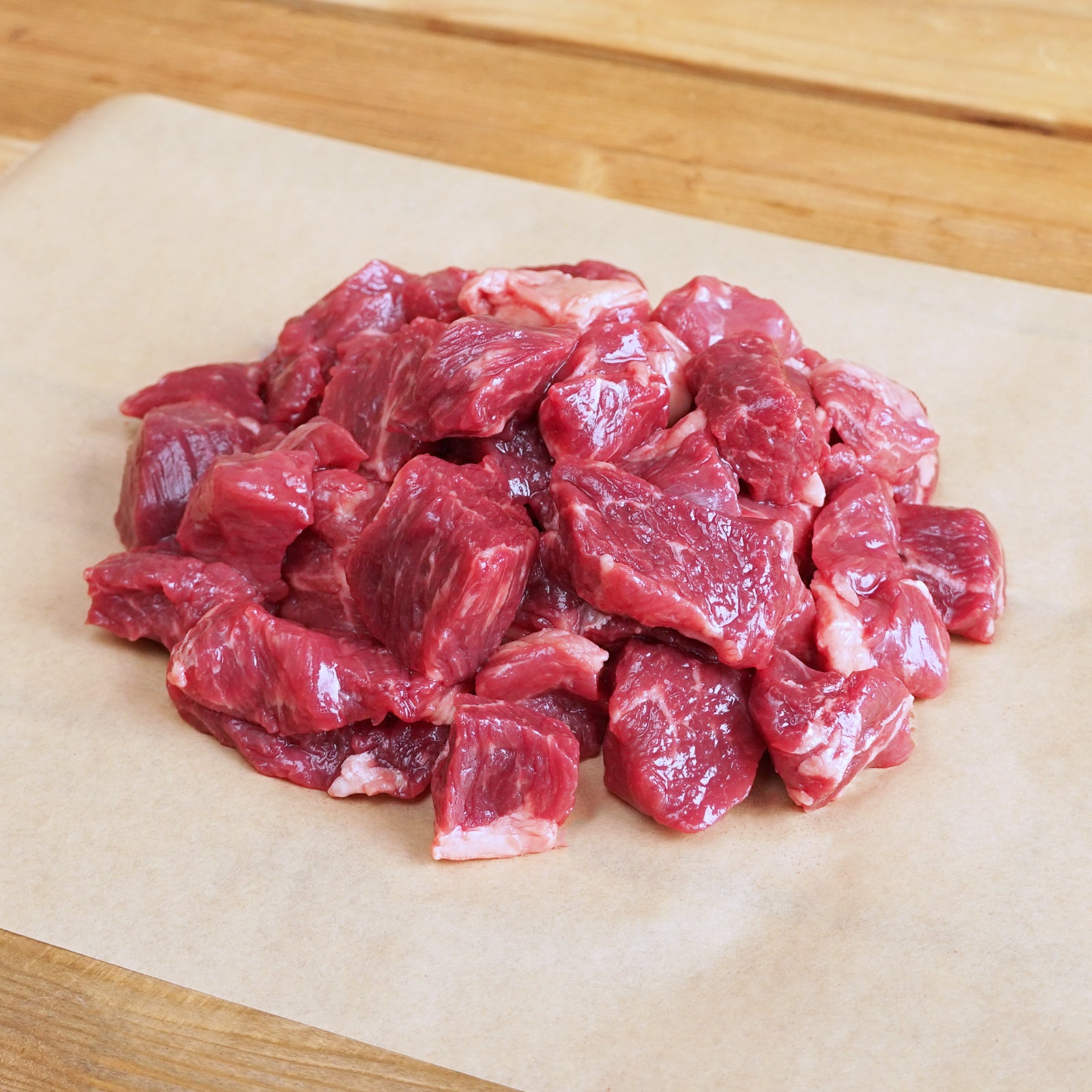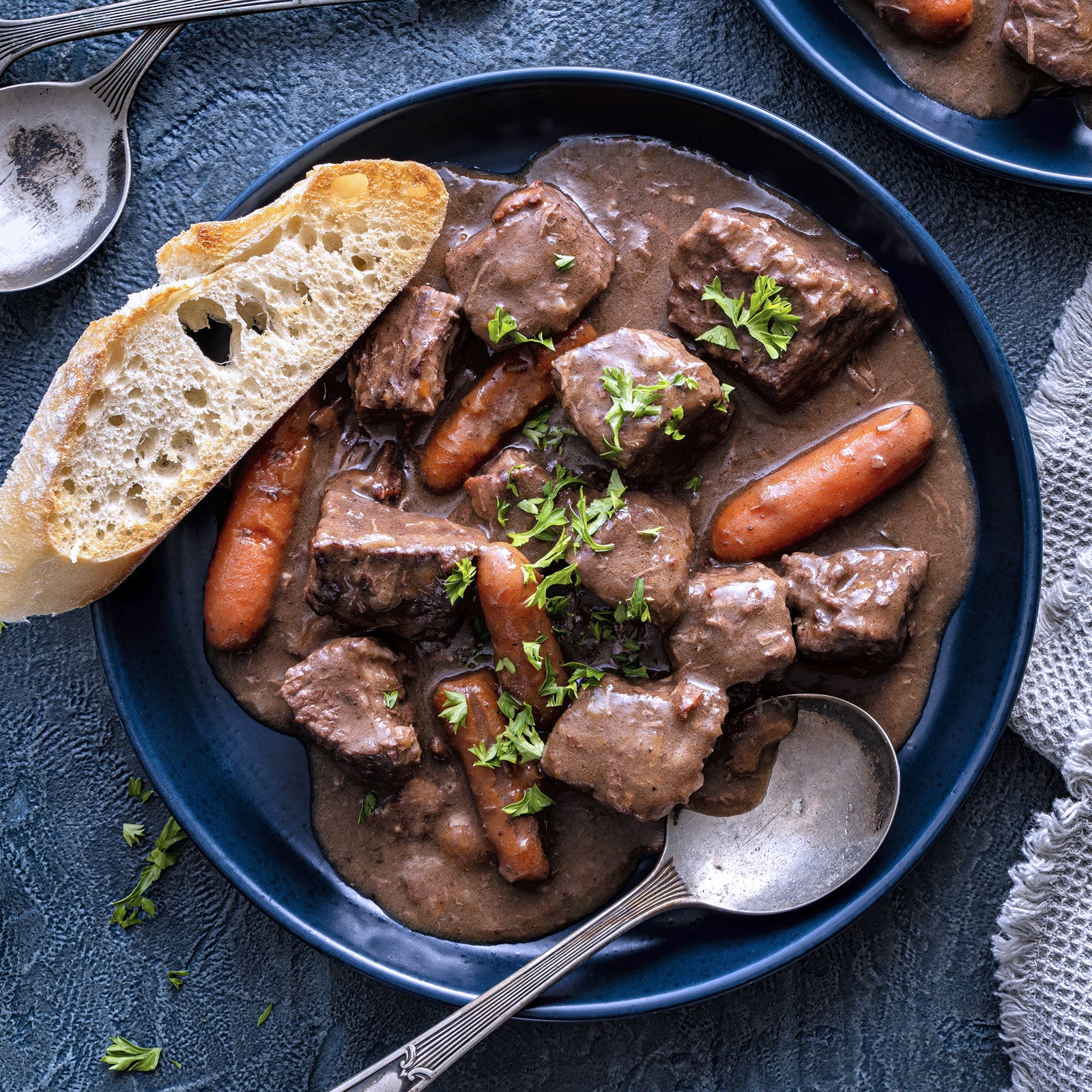What is Grass-Fed Butter?
Grass-fed butter comes from the milk of cows that have been raised on a natural diet made up of the grass and legumes that they find while grazing in their pasture.
This of course is the traditional way that cows have been raised, but nowadays the more common method is to raise cows with a supplement of fattening grains like corn, soybeans, and barley in the later stages of their lives. This technique offers a way to artificially fatten up the cows relatively quickly. Methods commonly paired with this technique include the use of growth promoting hormones and additive-heavy grains, leaving many uncertain about the safety of the resulting food products including typical butter. (At Horizon Farms you can be sure that all our grain-fed beef is raised naturally and completely free of growth hormones).
Nutrients
So what makes butter from the milk of grass-fed cows different? For one, the grass diet provides the cows with rich amounts of beta-carotene - a nutrient found in many green and orange vegetables like carrots, pumpkins, and spinach. Beta-carotene acts as an antioxidant, meaning it fights against reactive oxygen species that cause cell deterioration and arterial hardening or blockages in the body. It is also converted into vitamin A within the body, which is known to keep skin and mucous membranes healthy, as well as maintain eyesight.
One more feature of grass-fed butter in comparison to standard butter is that it has high amounts of unsaturated fat. This point will be explained in more detail in the “Differences from Regular Butter” section below.
Butter Coffee
Since its inception a decade ago, the butter coffee trend has been gaining popularity - particularly in the low-carb, high-fat diet community - as a way to provide more energy, mental clarity, and feelings of fullness. Grass-fed butter is the key ingredient in this so called "Bulletproof Coffee."
The Market in Japan
The livestock industry is alive and well in Japan; however, 100% grass-fed cattle is in short supply. As a result, domestic grass-fed butter is also a rarity in Japan. For that reason, many grass-fed butter enjoyers turn to imports from Australia and New Zealand because the grass-fed method of raising cattle is thriving much more in Australia and New Zealand than it currently is in Japan.
Production Cost and Difficulty
For cows to be raised purely on grass, they require vast open pastures. On top of that, the climate and the environment need to be suitable for the animals to live there. The grass itself also requires time and effort to manage. Also since the calorie content of grass is not very high, it takes a considerable amount of time for the large cows to grow to their full size. Considering all these circumstances, it seems unavoidable that grass-fed butter costs more than regular butter.
Particularly in Japan, it is extremely difficult to acquire the large tracts of land required for this kind of grazing. We mentioned earlier that domestic grass-fed butter is a rarity in Japan, and another reason for that is its high price in comparison to imports.
Differences from Regular Butter
Compared to regular butter, grass-fed butter has a deeper yellow hue due to the high concentration of beta-carotene. As far as flavor goes, you may feel as though regular butter has a stronger flavor. Nevertheless, grass-fed butter maintains its own buttery richness. Many people find the flavor of grass-fed butter to be more refined or elegant.
Fat Content and Health
Above we mentioned that grass-fed butter is high in unsaturated fat, but let’s dive deeper into what that really means for our bodies.
Taking in too much fat has been linked to obesity and clearly isn’t good for our health, but lipids on the other hand are a health-preserving nutrient that we can’t afford to miss out on. Lipids can be divided into two groups: those that are solid at room-temperature and those that are liquid. The solid group would include things like lard and butter which are high in saturated fat. The liquid group includes things like vegetable oil and fish oil which contain a lot of unsaturated fat. Grass-fed butter is unique in that it toes the line of being a solid butter, but is abundant in unsaturated fat.
An excess of saturated fats is known to cause build-up of plaque in the arteries, but unsaturated fats can actually prevent against this build-up. Other benefits have been reported to include maintaining healthy skin and alleviating allergy symptoms. After taking these things into account, it seems safe to say that grass-fed butter is a healthier alternative to regular butter.
Recommended Uses
As with any butter, it’s great to spread on some toast, but here are some other ways you can get the most out of it:
Butter Coffee
When talking about grass-fed butter, we’d be remiss not to mention butter coffee.
Ingredients:
- Black Coffee - 180-200ml (adjust based on preference)
- Grass-fed Butter - 10g
- MCT Oil - 5g
Recipe:
Pour black coffee into a mug. Mix in grass-fed butter and MCT oil using a blender or mixer. If no blender or mixer is available, you can use a milk foamer or a whisk. Stir briskly until creamy, and enjoy.
MCT Oil contains 100% medium-chain triglycerides that are found in things like coconuts. It is reportedly less likely to be stored as body fat, and also promotes mental energy. For this reason, it's become a popular ingredient in butter coffee to support weight loss. To increase the effects of weight loss, it’s recommended to drink it in the morning.
Uses in Cooking and Sweets
Grass-fed butter can also be used for cooking or baking just as you would use regular butter. Some potential uses for it include omelets, corn on the cob, cookies, or bread. You can expect the same rich, buttery aroma with a finished product that’s slightly lighter on the palate than typical butter.
Conclusion: Grass-Fed Butter’s Appeal
Grass-fed butter is made from the milk of cows who have grown up their whole lives on a traditional grass diet. Rich in carotene and unsaturated fat, the health effects and taste differ from standard butter. Being included in the increasingly popular butter coffee drink, grass-fed butter’s virtues can be seen in a variety of use cases. And just like any butter, it works perfectly in most any dish or snack.
One place you can reliably find grass-fed butter is here at Horizon Farms. We guarantee our products are completely free of preventative antibiotics and growth hormones, and we also make sure that all the animals are raised in free-range environments. So if you want safe, worry-free, grass-fed butter, please check it out for yourself.
Disclaimer: Please note that while our explanations are correct, they are simplified for shortness and understanding. We encourage you to do further research on the topic.




